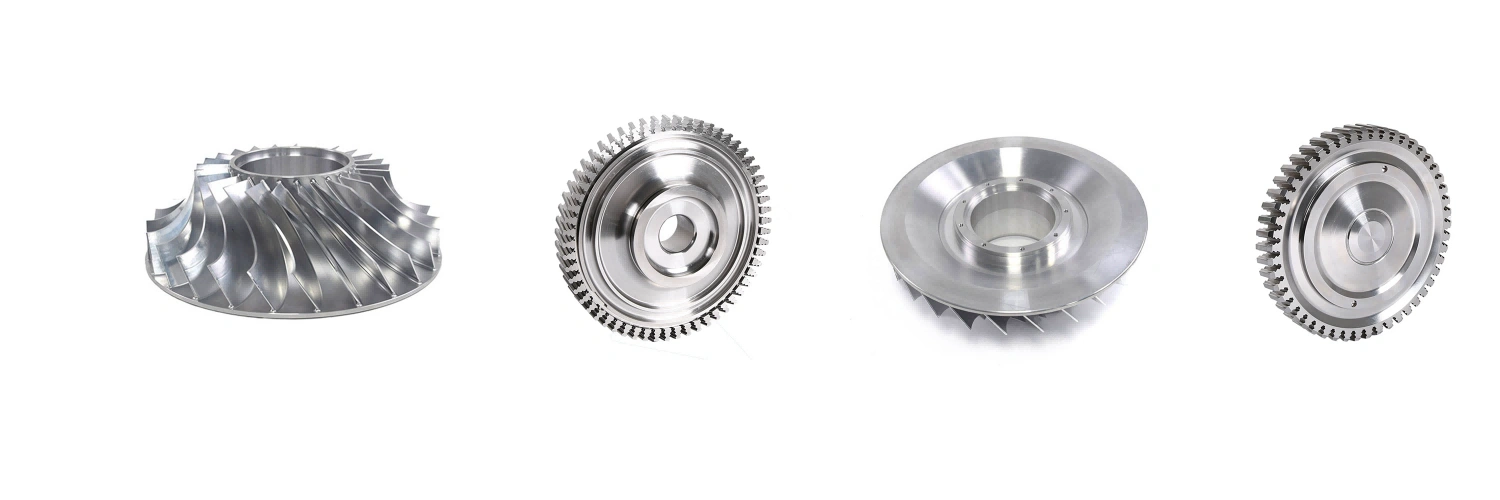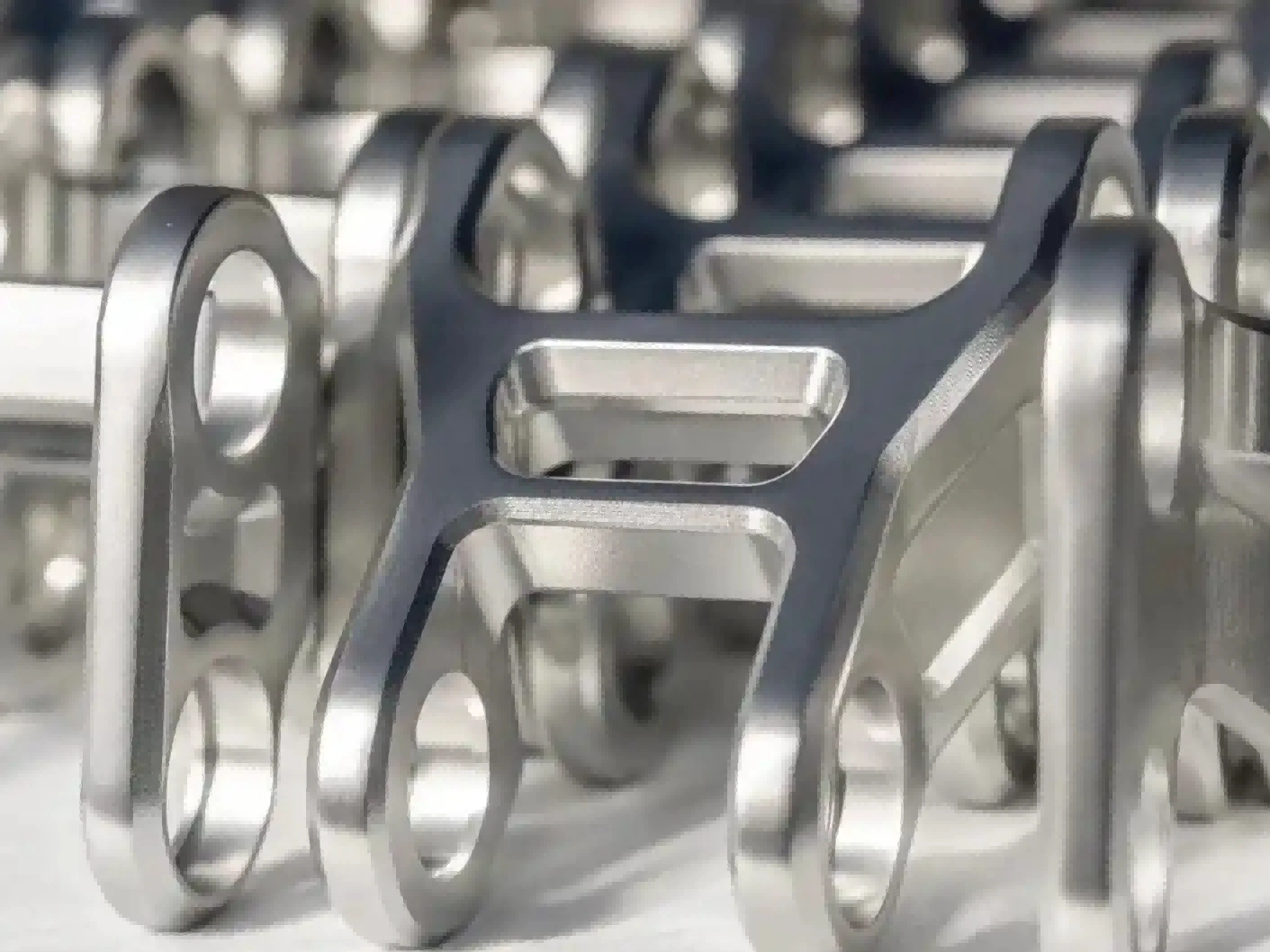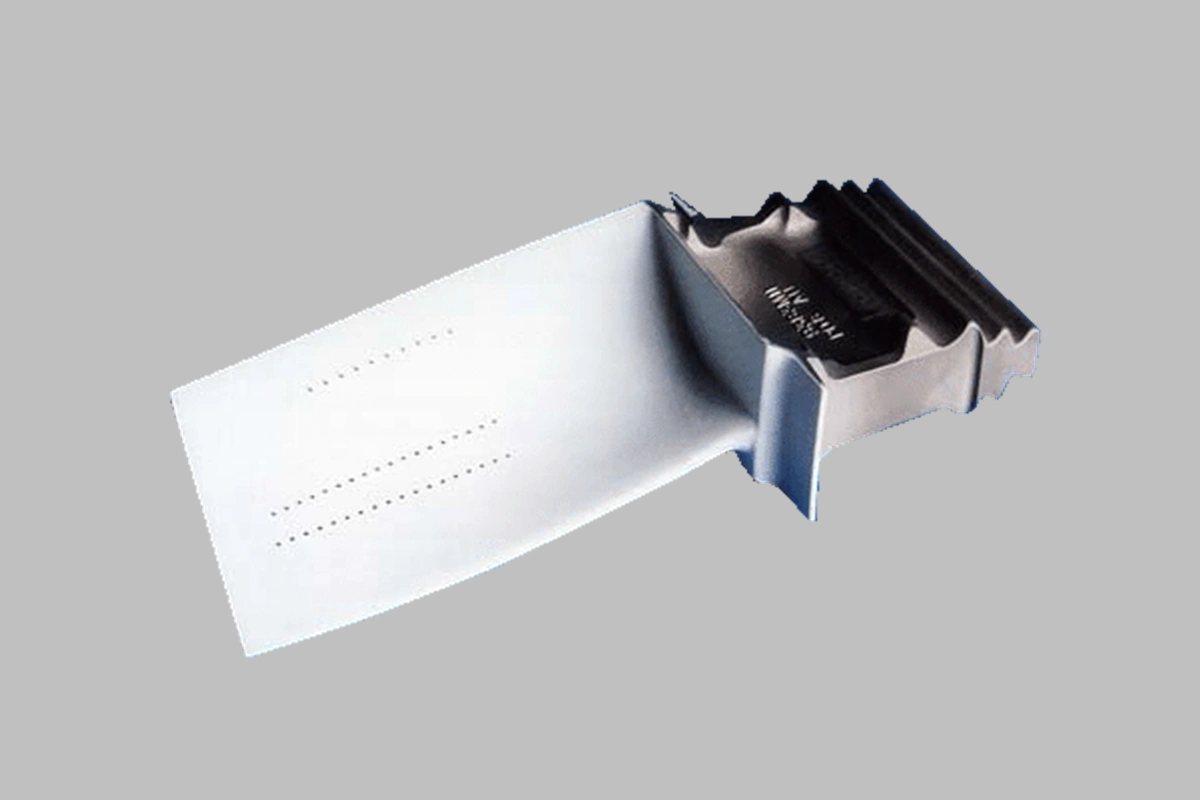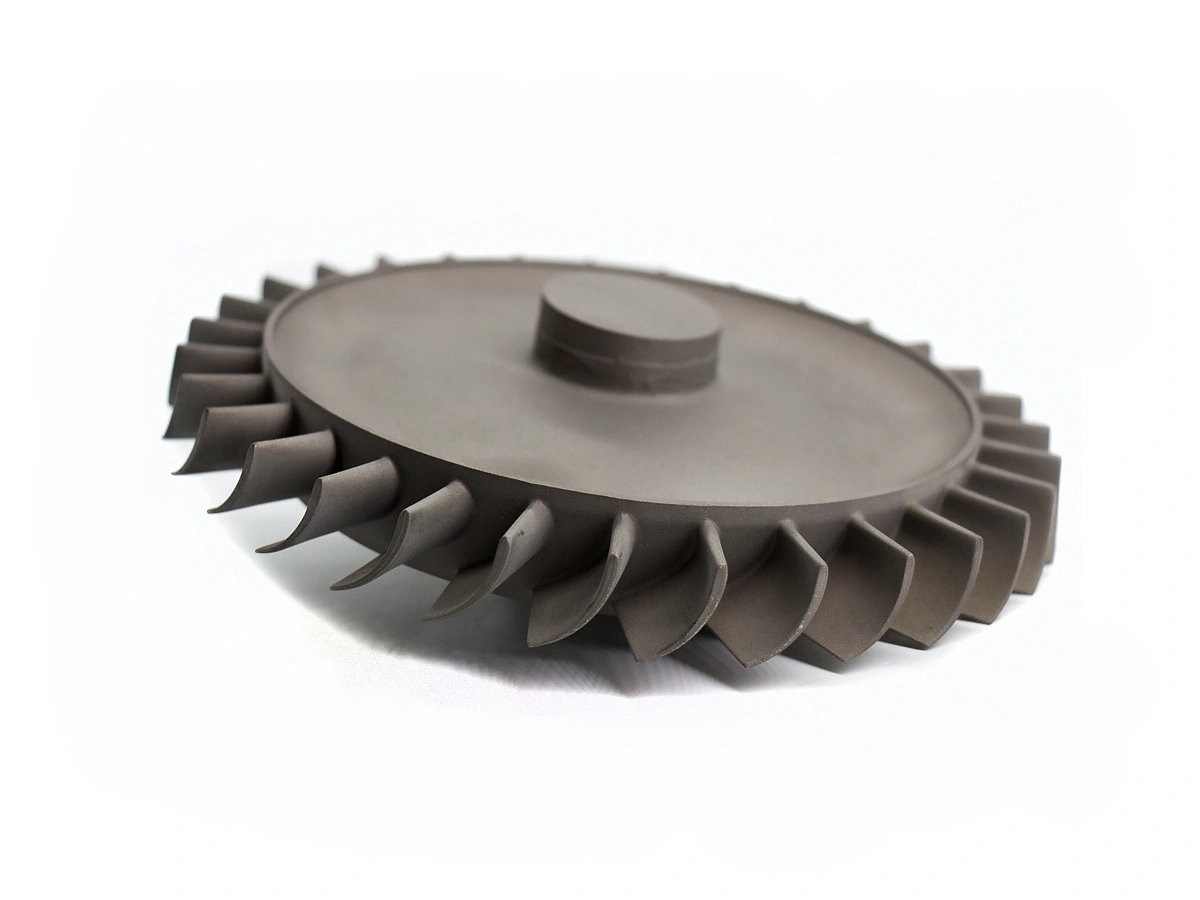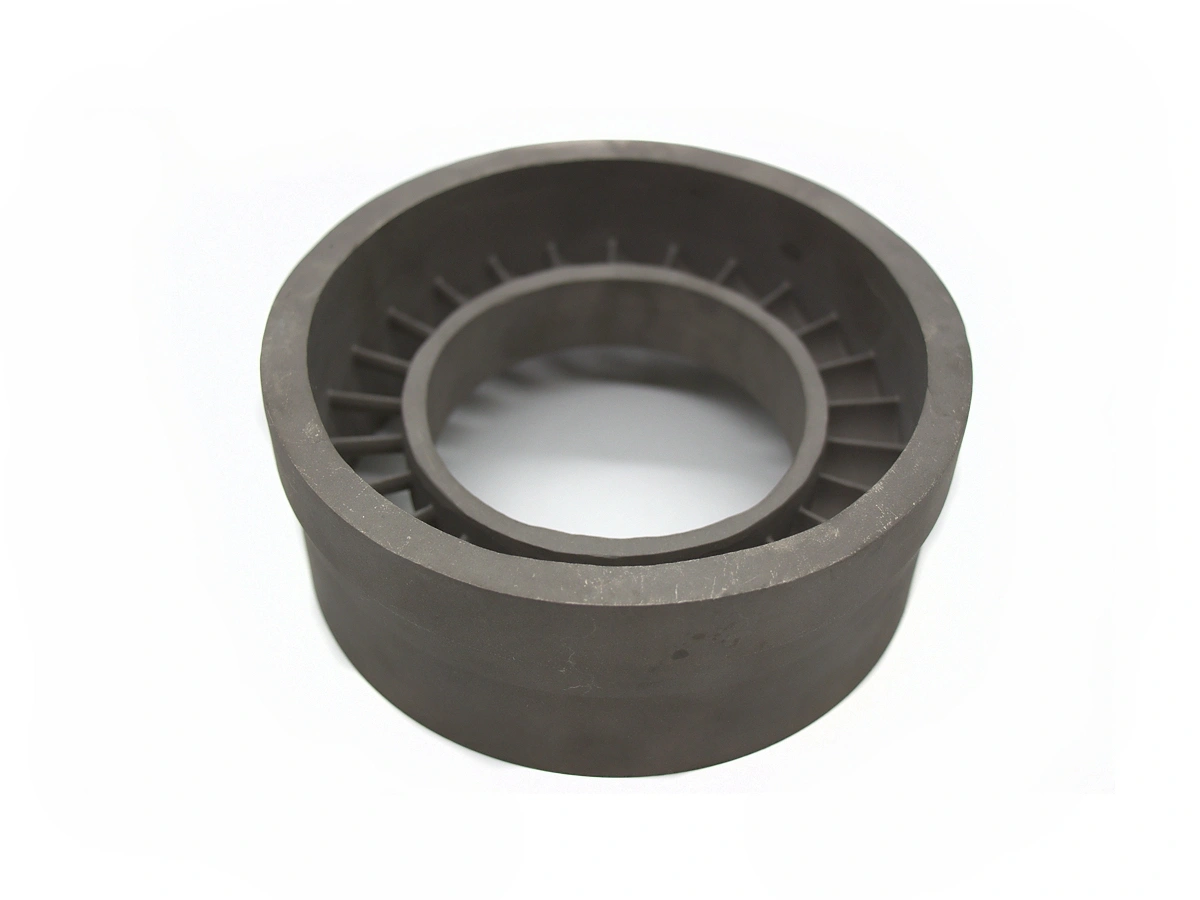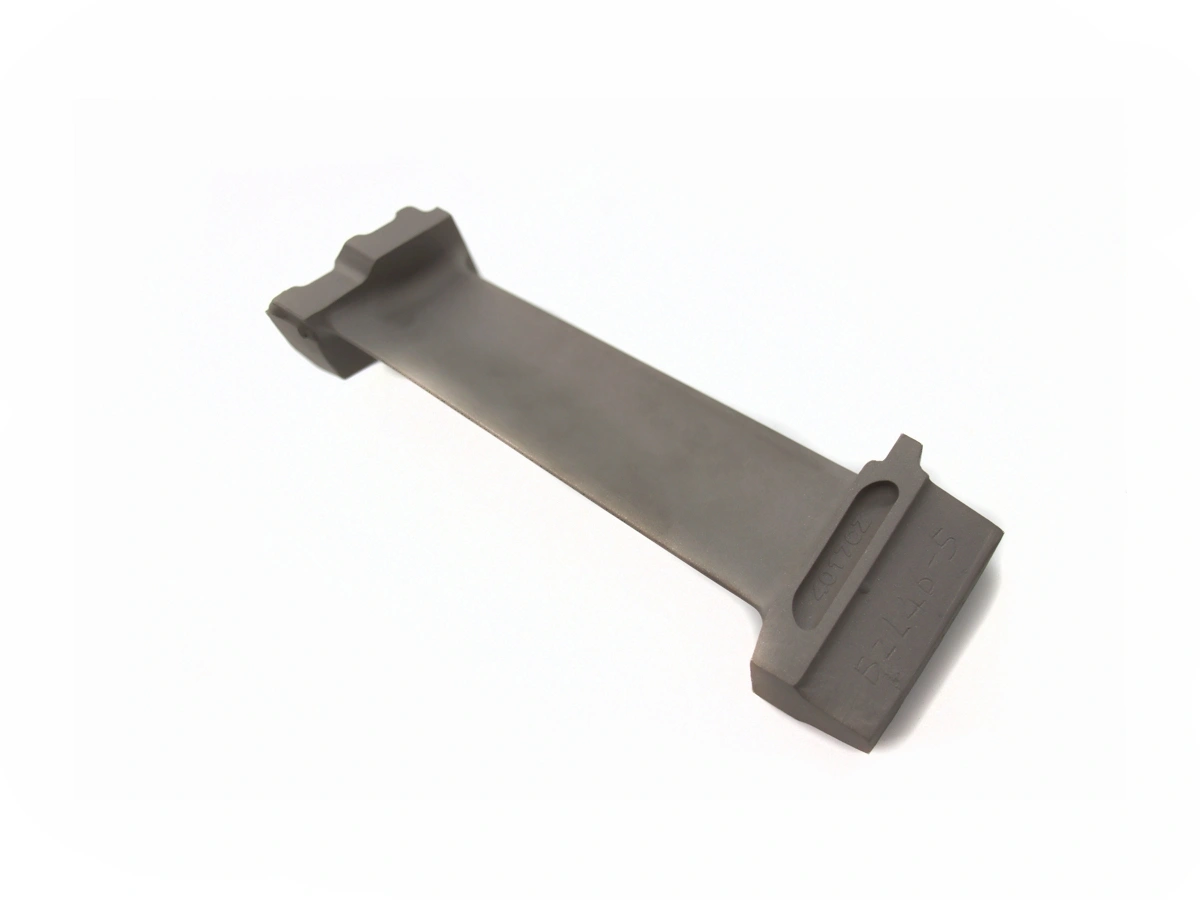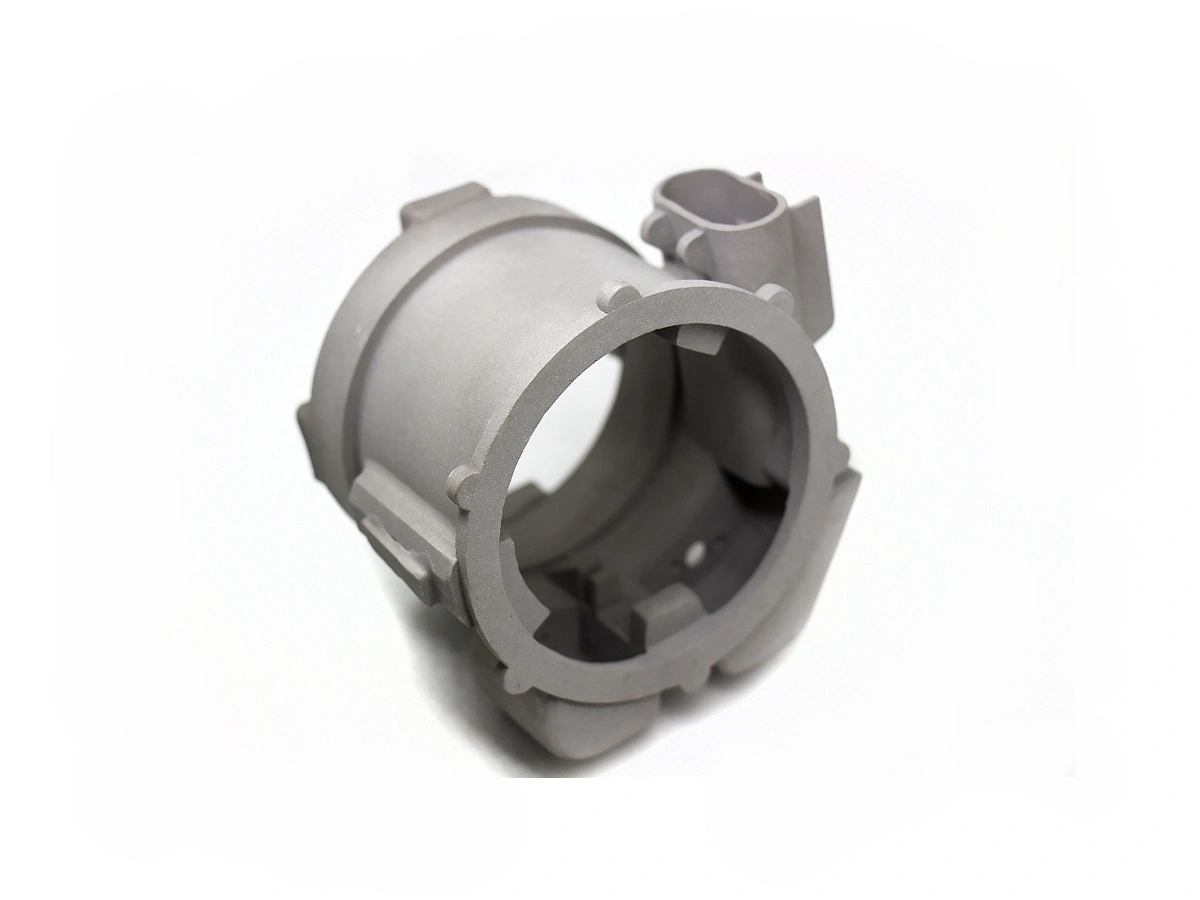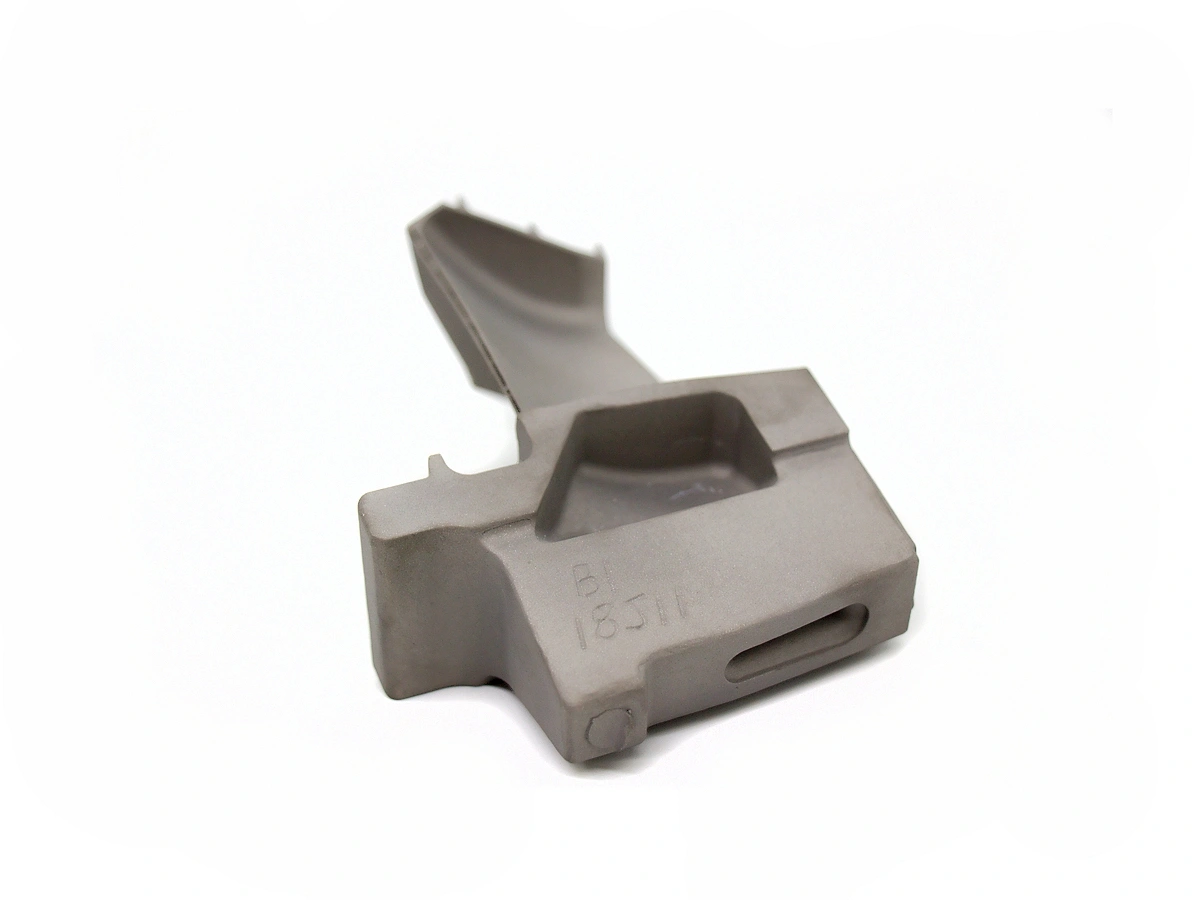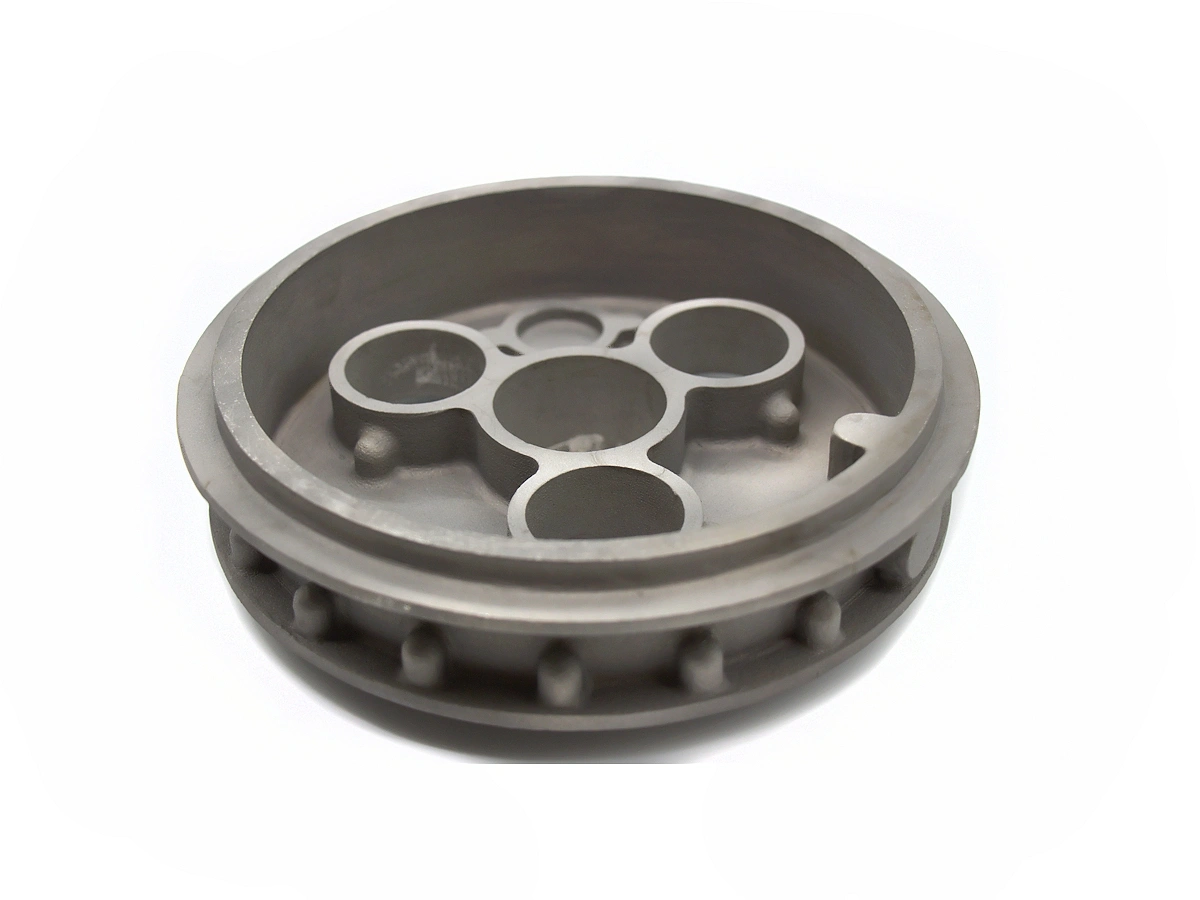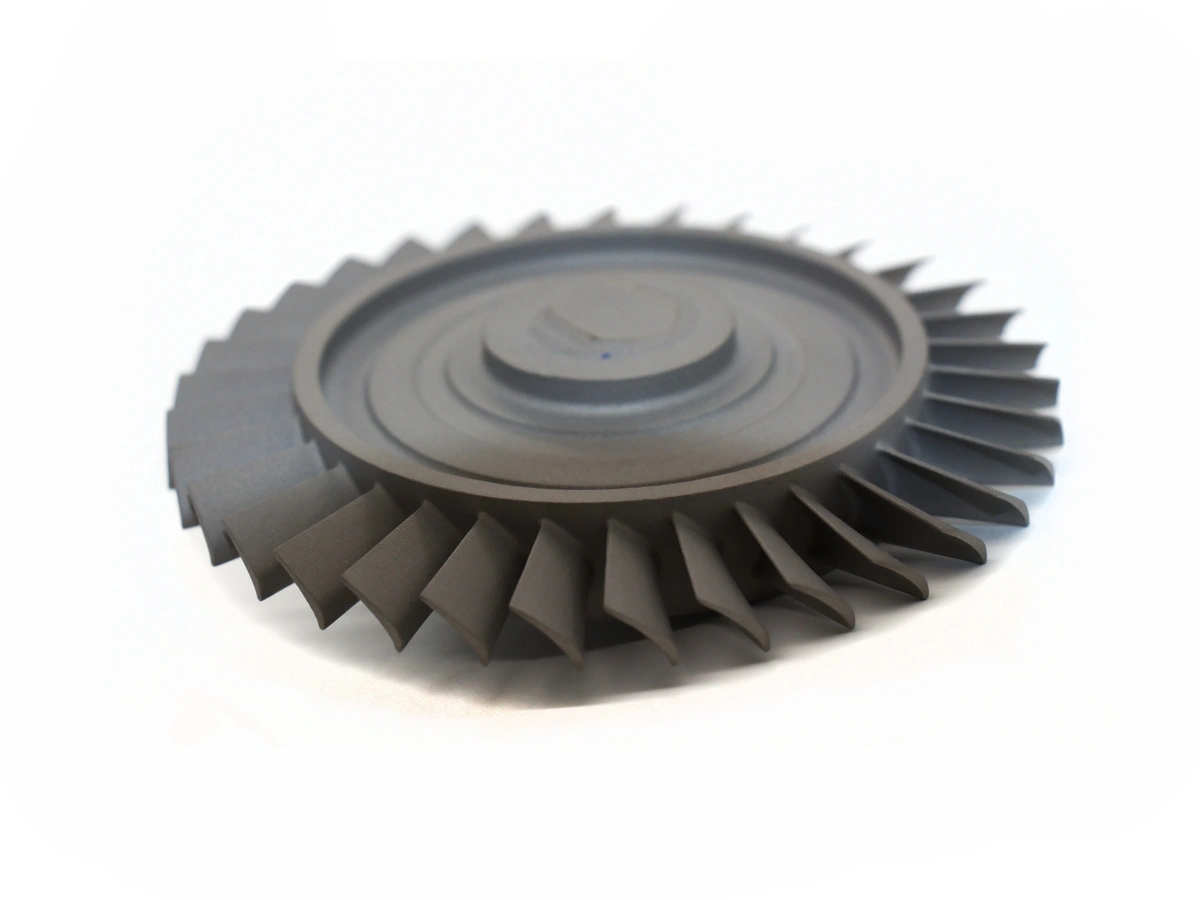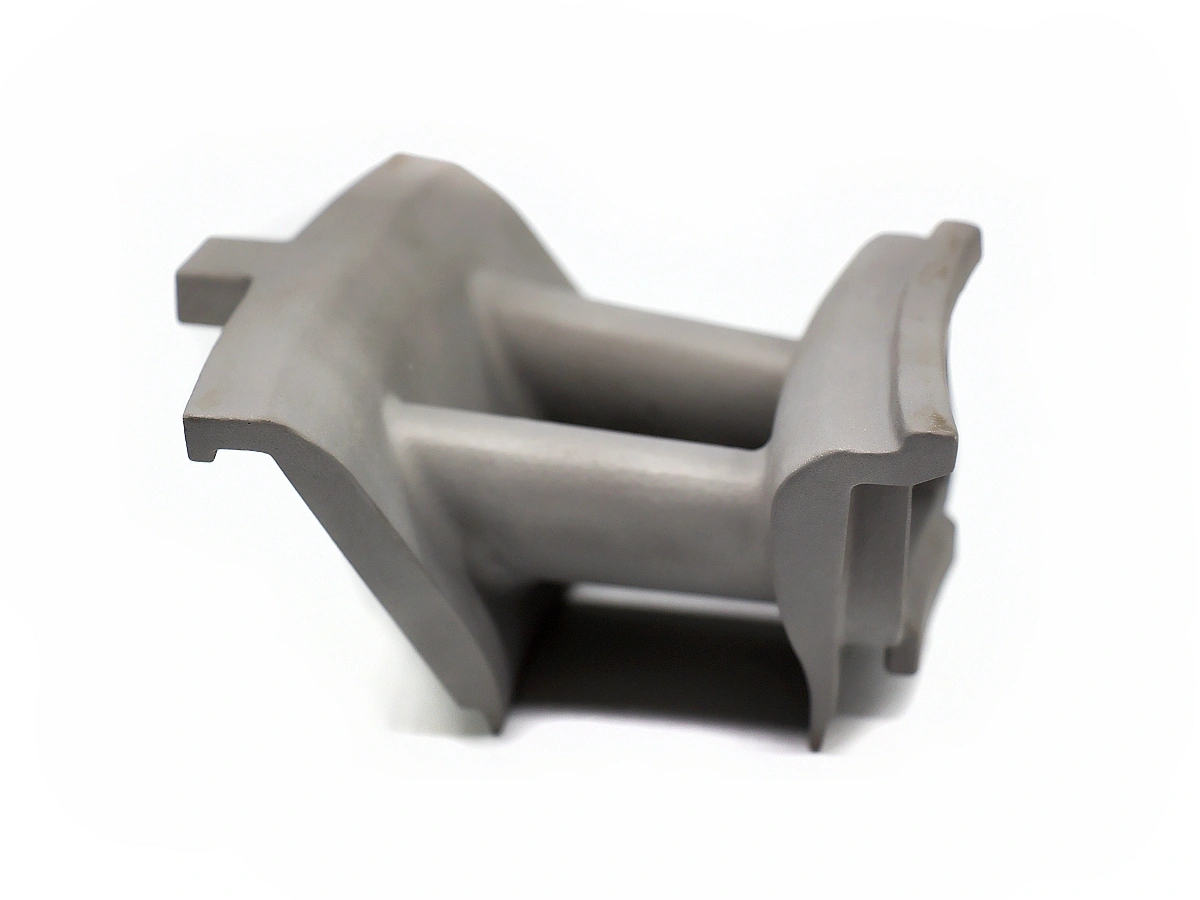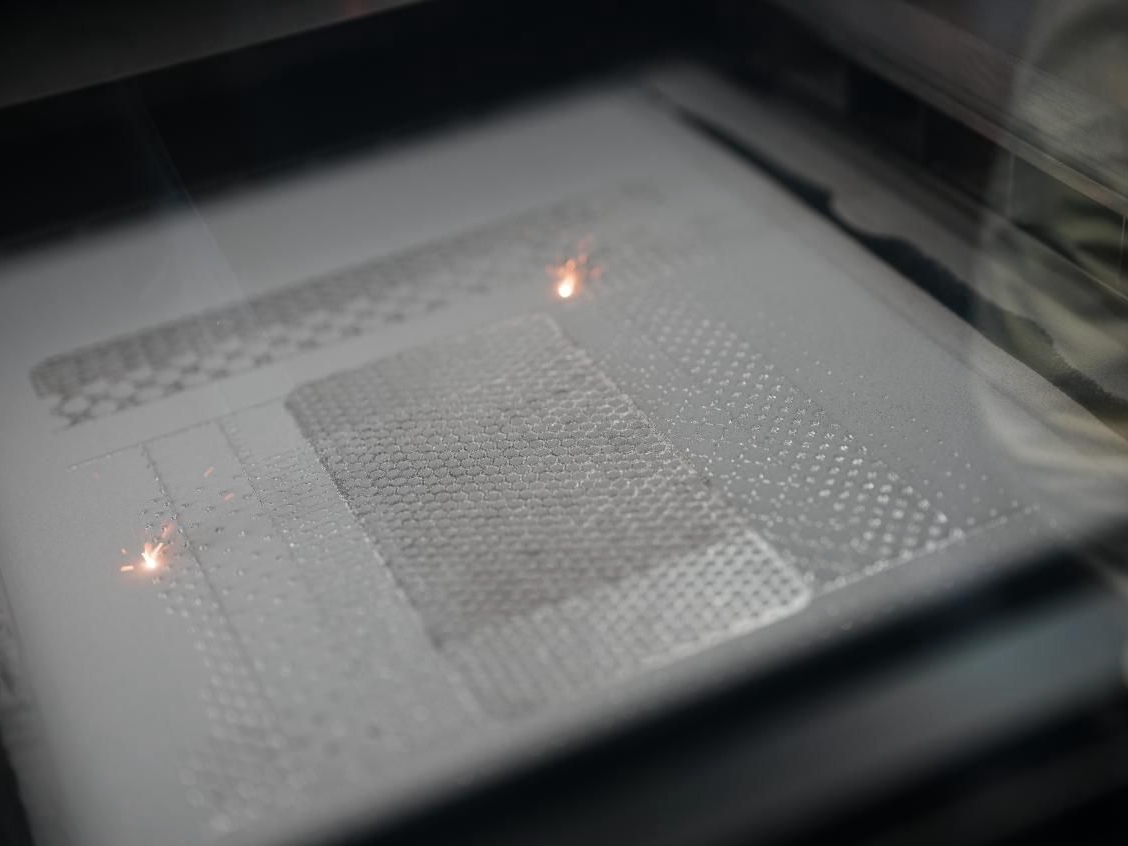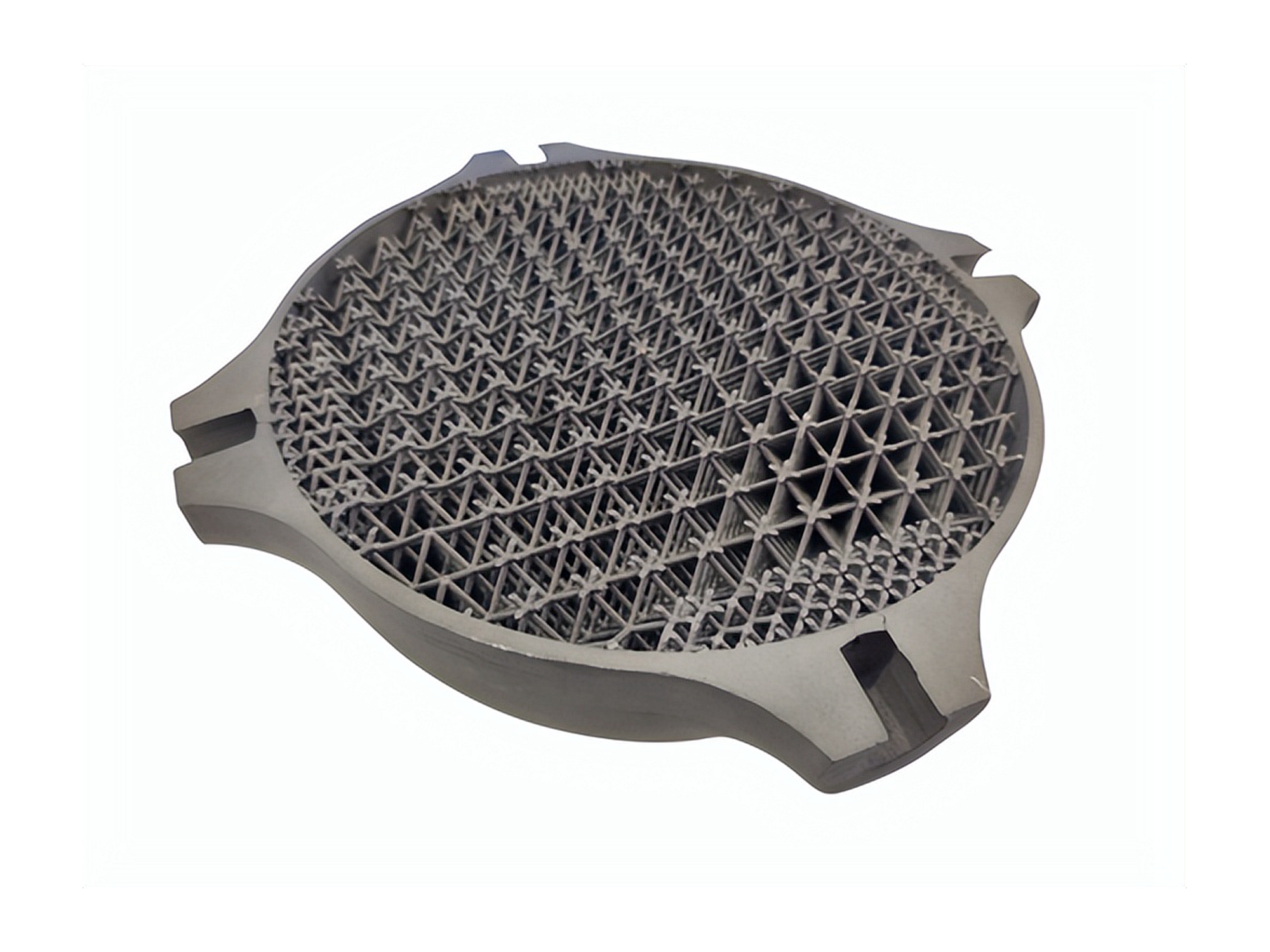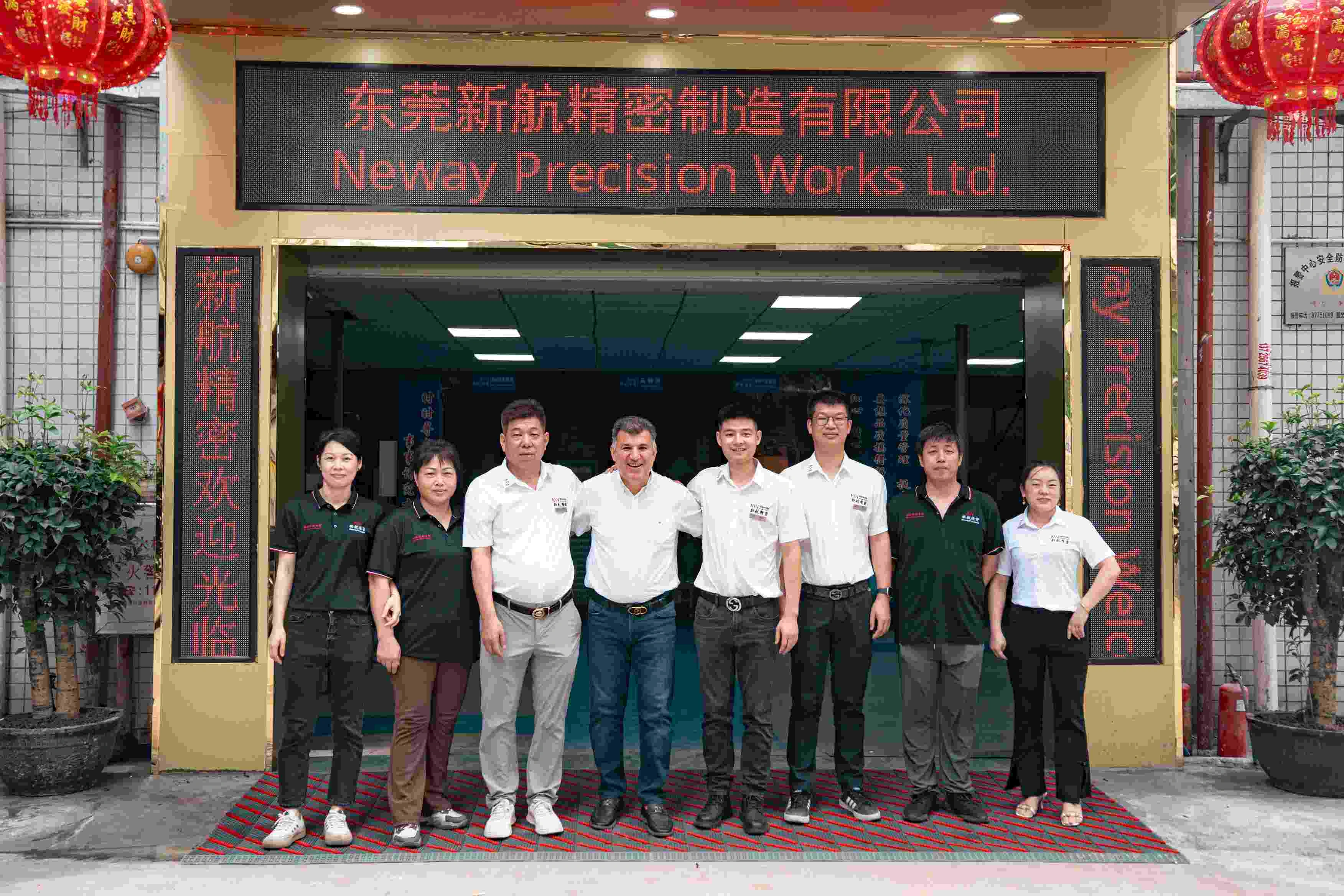Inconel Alloys | Tensile Strength
(MPa) | Yield Strength
(MPa) | Fatigue Strength
(MPa) | Elongation
(%) | Hardness
(HRC) | Density
(g/cm³) | Applications |
|---|
Inconel 600 | 690 | 250 | 260 | 40 | 90-100 | 8.47 | Heat exchangers, turbine blades, furnace components |
Inconel 617 | 825 | 550 | 300 | 35 | 95-105 | 8.95 | Gas turbines, aerospace components, power plants |
Inconel 625 | 880 | 340 | 290 | 35 | 90-100 | 8.44 | Marine, aerospace, chemical processing |
Inconel 690 | 860 | 400 | 350 | 32 | 95-105 | 8.89 | Nuclear power, heat exchangers, industrial furnaces |
Inconel 713 | 760 | 350 | 300 | 25 | 90-100 | 8.70 | Gas turbines, high-temperature applications |
Inconel 713C | 780 | 400 | 320 | 24 | 95-105 | 8.73 | Turbine blades, combustor components |
Inconel 713LC | 800 | 420 | 330 | 22 | 100-110 | 8.75 | Aerospace turbine components, industrial engines |
Inconel 718 | 1030 | 725 | 500 | 20 | 40-45 | 8.19 | Aerospace, cryogenic tanks, gas turbines |
Inconel 718C | 1050 | 760 | 510 | 18 | 45-50 | 8.19 | High-performance turbines, aerospace applications |
Inconel 718LC | 1060 | 770 | 520 | 18 | 45-50 | 8.20 | Aerospace components, high-temperature alloys |
Inconel 738 | 1030 | 600 | 470 | 15 | 100-110 | 8.25 | High-temperature turbine blades, combustion chambers |
Inconel 738C | 1100 | 750 | 520 | 12 | 100-110 | 8.30 | Gas turbine blades, aerospace engines |
Inconel 738LC | 1050 | 720 | 500 | 14 | 105-115 | 8.32 | Gas turbines, aerospace applications |
Inconel 751 | 1100 | 760 | 550 | 12 | 100-110 | 8.18 | High-temperature industrial applications, gas turbines |
Inconel 792 | 1150 | 800 | 570 | 10 | 110-120 | 8.16 | Aerospace components, turbine blades |
Inconel 800 | 600 | 250 | 220 | 40 | 80-90 | 7.94 | Heat exchangers, industrial furnaces |
Inconel 800H | 650 | 300 | 250 | 35 | 85-95 | 7.98 | Heat exchangers, petrochemical applications |
Inconel 800HT | 750 | 350 | 280 | 30 | 90-100 | 8.01 | High-temperature reactors, industrial heat exchangers |
Inconel 925 | 900 | 550 | 400 | 25 | 90-100 | 8.40 | Chemical processing, marine environments |
Inconel 939 | 950 | 650 | 500 | 22 | 95-105 | 8.30 | Gas turbine blades, high-performance engines |
Inconel X-750 | 1035 | 690 | 490 | 20 | 95-105 | 8.40 | Gas turbines, aerospace engines, nuclear reactors |
Monel Alloy | Tensile Strength
(MPa) | Yield Strength
(MPa) | Fatigue Strength
(MPa) | Elongation
(%) | Hardness
(HRC) | Density
(g/cm³) | Applications |
|---|
Monel 400 | 550-760 | 170-345 | 250-345 | 30-45 | 20-30 | 8.8 | Marine environments, chemical processing equipment, pumps, valves, fasteners |
Monel 401 | 585-755 | 170-310 | 230-345 | 25-35 | 20-30 | 8.9 | Corrosive environments, saltwater applications, heat exchangers |
Monel 404 | 570-740 | 170-300 | 220-330 | 28-40 | 25-30 | 8.8 | Marine, chemical, food processing applications, pumps, valves, and heat exchangers |
Monel 450 | 620-810 | 280-400 | 260-370 | 15-30 | 30-35 | 8.9 | Chemical processing, marine applications, seawater desalination systems |
Monel K500 | 1030-1300 | 690-1030 | 350-500 | 15-30 | 35-45 | 8.8 | Aerospace, marine, valves and pump components, cryogenic tanks, high-strength structural parts |
Monel R-405 | 550-760 | 170-345 | 230-345 | 30-40 | 20-30 | 8.9 | Used for marine and chemical applications, heat exchangers, equipment exposed to severe corrosion conditions |
Hastelloy Alloy | Tensile Strength
(MPa) | Yield Strength
(MPa) | Fatigue Strength
(MPa) | Elongation
(%) | Hardness
(HRC) | Density
(g/cm³) | Applications |
|---|
Hastelloy B | 550 | 240 | 200 | 30 | 55-75 | 8.89 | Chemical processing equipment, acid-resistant components, corrosive fluid handling systems |
Hastelloy B-2 | 550 | 240 | 200 | 30 | 55-75 | 8.89 | Chemical reactors, piping for acids, desalination plants |
Hastelloy B-3 | 585 | 250 | 210 | 35 | 55-80 | 8.89 | Strong acid handling, acid-resistant tanks, heat exchangers |
Hastelloy C-4 | 620 | 275 | 250 | 40 | 85 | 8.89 | High-temperature gas turbines, heat exchangers, chemical reactors |
Hastelloy C-22 | 760 | 310 | 270 | 50 | 90 | 8.89 | Process equipment in chemical, pharmaceutical, petrochemical industries |
Hastelloy C-22HS | 800 | 330 | 300 | 50 | 90 | 8.89 | Chemical reactors, food processing equipment, high-temperature acid environments |
Hastelloy C-276 | 860 | 350 | 300 | 50 | 90 | 8.89 | Petrochemical processing, marine environments, flue gas desulfurization systems |
Hastelloy G-30 | 800 | 320 | 270 | 45 | 90 | 8.85 | Power generation, desalination, acid-resistant pumps and valves |
Stellite Alloys | Tensile Strength
(MPa) | Yield Strength
(MPa) | Fatigue Strength
(MPa) | Elongation
(%) | Hardness
(HRC) | Density
(g/cm³) | Applications |
|---|
Stellite 1 | 1,200 | 900 | 800 | 2 | 40-45 | 8.30 | Valve seats, Pumps, Bearings, High-wear applications in chemical processing |
Stellite 3 | 1,100 | 850 | 700 | 4 | 40-45 | 8.33 | Valve components, Pumps, Wear-resistant parts in high-temperature environments |
Stellite 4 | 1,200 | 950 | 850 | 3 | 45-50 | 8.35 | Valve seats, Combustion chambers, High-wear components in aerospace and power generation |
Stellite 6 | 1,100 | 850 | 800 | 5 | 45-50 | 8.35 | Hard-facing of tools, Valve components, Wear-resistant parts in high-wear environments |
Stellite 6B | 1,150 | 900 | 850 | 4 | 45-50 | 8.36 | Valve seats, Pumps, Wear-resistant parts in high-pressure and high-temperature applications |
Stellite 6K | 1,150 | 900 | 850 | 4 | 50-55 | 8.35 | Cutting tools, Hard-facing, Wear-resistant applications in aerospace and industrial applications |
Stellite 12 | 1,100 | 850 | 700 | 5 | 40-45 | 8.35 | Hard-facing of tools, Chemical processing, Marine components |
Stellite 20 | 1,150 | 900 | 750 | 6 | 45-50 | 8.38 | Hard-facing of bearings, Engine components, Aerospace parts exposed to high temperature and wear |
Stellite 21 | 1,150 | 900 | 750 | 6 | 45-50 | 8.38 | Valves, Bearings, Pumps, Components in harsh wear conditions |
Stellite 25 | 1,250 | 950 | 800 | 3 | 50-55 | 8.40 | High-temperature wear-resistant coatings, Cutting tools, Valve seats |
Stellite 31 | 1,300 | 1,100 | 900 | 2 | 55-60 | 8.45 | Severe wear environments, High-pressure valve components, Tooling |
Stellite F | 1,150 | 900 | 800 | 5 | 50-55 | 8.35 | Hard-facing for pumps and valves, Marine components, High-wear machinery |
Stellite SF12 | 1,200 | 950 | 850 | 4 | 45-50 | 8.36 | Valve components, Hard-facing applications in high-temperature environments |
Nimonic Alloys | Tensile Strength
(MPa) | Yield Strength
(MPa) | Fatigue Strength
(MPa) | Elongation
(%) | Hardness
(HRC) | Density
(g/cm³) | Applications |
|---|
Nimonic 75 | 930 | 490 | 410 | 25 | 35-40 | 8.25 | Gas turbines, High-temperature components in aerospace, Engine blades |
Nimonic 80A | 1000 | 550 | 460 | 30 | 40-45 | 8.28 | Aircraft engine components, Heat exchangers, Turbine blades |
Nimonic 81 | 1030 | 550 | 480 | 28 | 40-45 | 8.25 | Jet engines, Aerospace components, High-temperature gas turbines |
Nimonic 86 | 1100 | 600 | 510 | 35 | 45-50 | 8.23 | Jet engine components, Turbine blades, High-temperature power generation |
Nimonic 90 | 1200 | 650 | 550 | 30 | 50-55 | 8.23 | High-performance turbine blades, Aerospace, Gas turbines |
Nimonic 105 | 1100 | 600 | 500 | 28 | 45-50 | 8.30 | Gas turbine components, High-temperature applications, Aerospace |
Nimonic 115 | 1150 | 700 | 600 | 35 | 50-55 | 8.31 | Aircraft engines, Turbine blades, High-temperature corrosion-resistant components |
Nimonic 263 | 1300 | 900 | 750 | 30 | 55-60 | 8.33 | Gas turbines, Aircraft engines, Components exposed to extreme temperatures and high stresses |
Nimonic 901 | 1370 | 950 | 800 | 30 | 55-60 | 8.38 | High-performance turbine blades, Gas turbine engines, Aerospace engines |
Nimonic PE11 | 1350 | 900 | 750 | 28 | 55-60 | 8.36 | Aerospace, Gas turbines, High-temperature valve components |
Nimonic PE16 | 1450 | 1000 | 850 | 32 | 60 | 8.38 | Jet engines, Turbine blades, Aerospace and high-performance power generation systems |
Rene Alloys | Tensile Strength
(MPa) | Yield Strength
(MPa) | Fatigue Strength
(MPa) | Elongation
(%) | Hardness
(HRC) | Density
(g/cm³) | Applications |
|---|
Rene 104 | 1300 | 1050 | 900 | 20 | 45-50 | 8.34 | High-temperature turbine blades, Aerospace components, Gas turbines, Jet engine parts |
Rene 108 | 1350 | 1100 | 950 | 18 | 50-55 | 8.35 | Gas turbines, Aircraft engine components, High-temperature applications with excellent creep resistance |
Rene 142 | 1400 | 1150 | 1000 | 15 | 55-60 | 8.37 | Jet engine components, Aerospace applications, High-stress turbine blades |
Rene 41 | 1250 | 1000 | 850 | 22 | 45-50 | 8.31 | High-temperature gas turbine components, Aerospace, Military and industrial applications |
Rene 65 | 1450 | 1200 | 1050 | 18 | 60-65 | 8.38 | Aircraft turbine blades, Aerospace engines, High-stress applications requiring thermal stability |
Rene 77 | 1500 | 1250 | 1100 | 18 | 65 | 8.40 | Jet engines, Turbine blades, High-temperature and high-stress components in aerospace and power systems |
Rene 80 | 1550 | 1300 | 1150 | 17 | 65-70 | 8.42 | Gas turbines, Aerospace engines, Exhaust components, High-performance turbine blades |
Rene 88 | 1600 | 1350 | 1200 | 15 | 70 | 8.43 | High-temperature turbine blades, Aerospace engines, Components for extreme thermal and mechanical loads |
Rene 95 | 1650 | 1400 | 1250 | 14 | 70-75 | 8.45 | High-performance turbine components, Aerospace engines, Extreme temperature and load-bearing applications |
Rene N5 | 1700 | 1450 | 1300 | 12 | 75 | 8.47 | Jet engines, Gas turbine blades, Extreme high-temperature applications |
Rene N6 | 1750 | 1500 | 1350 | 11 | 75 | 8.48 | Aerospace, Jet engine components, High-temperature power generation systems |
